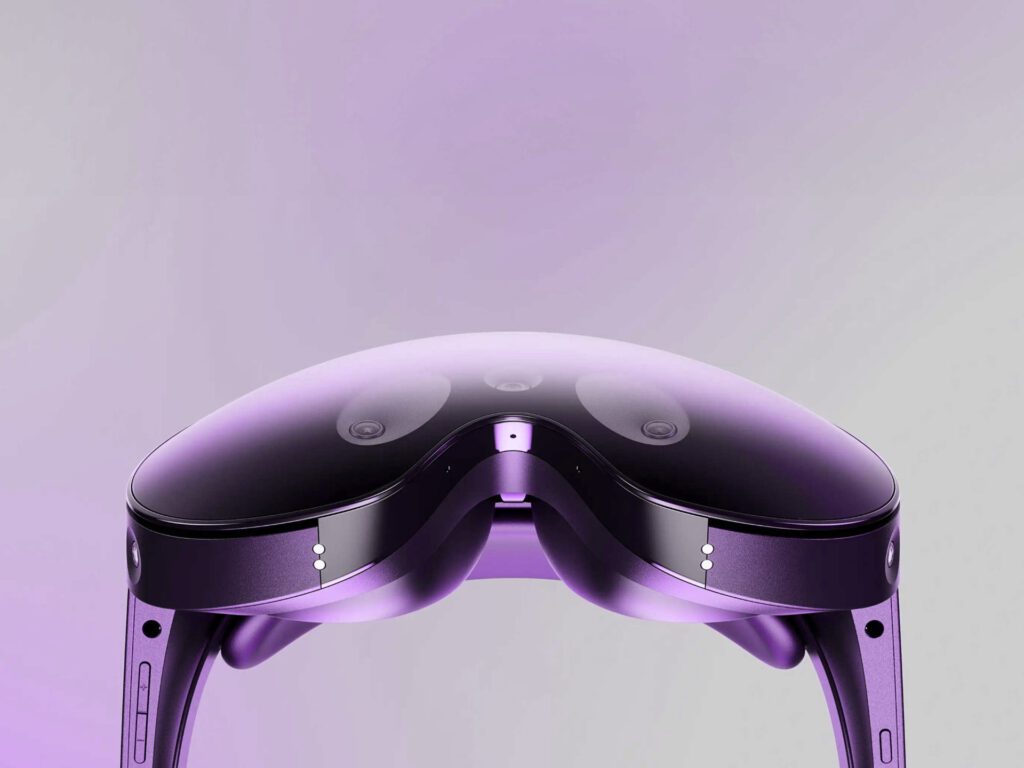For the past couple of years, investing in digital transformation initiatives has been crucial for enterprises to thrive, create a sustainable footprint and scale their business. To stay ahead of the competition, businesses today need to regularly evaluate their technology infrastructure and capabilities for their relevance.
Assessing the technology stack is best coupled with a comprehensive study of what’s trending in the industry. For organizations looking to double down on their tech investments in 2023, we have compiled a list of the top tech trends to look out for. Here’s an overview of some of the key technology trends that will have an impact on your strategic ambitions for 2023!
1. Smart(er) Devices
IoT devices, fueled by improvements in wireless standards such as WiFi 6E, and the expansion of the 5G network are paving the way for a hyperconnected society. By 2030, McKinsey estimates that the potential economic value of IoT could enable $5.5 trillion to $12.6 trillion globally, including the value captured by consumers and customers of IoT products and services. When combined with Artificial Intelligence, these devices will redefine “smart” devices with improved capabilities. In 2023, it is anticipated that the healthcare business will see innovations such as skin patches, devices from Elon Musk’s Neuralink, wearables with improved insights into the user’s health and fitness, and so on.
Internet of Behavior (IoB) is one of the most critical aspects in the IoT world and has been demonstrated to assist businesses in enhancing the customer experience. Even though IoB is already employed in e-commerce and other online service applications around the world, it still poses ethical, legal, and societal concerns. Consequently, the ever-expanding IoT field is anticipated to be subject to stringent control and laws in order to improve data security.
2. Artificial Intelligence (AI)
Everyone expects AI to remain a prominent technology trend for the foreseeable future, and with good reason! AI is here to stay in 2023, and it is anticipated that No-Code AI and Adaptive AI will continue to aggressively disrupt the industry. No code AI, also known as codeless AI, includes an intuitive, drag-and-drop graphical user interface for deploying AI and Machine Learning algorithms. It aspires to democratize artificial intelligence. No-code AI platforms will enable non-technical people to design apps, while allowing professionals to focus on hard tasks, allowing for faster technology adoption and cost savings across all industries.
Adaptive AI, which can update its code to react to real-world dynamics, is another game changer. Gartner predicts that by 2026, organizations that have implemented AI engineering methods to design and manage adaptive AI systems will be at least 25% ahead of their competitors in terms of the number of operational AI models and the time required to implement them. With qualities such as “reinforcement learning,” resilience, flexibility, and adaptability, it will play a crucial role in upgrading customer experience, enhancing edge computing, enhancing conversational AI, and expanding the IoT area, among many other applications.
3. Datafication
Datafication and Big Data have coexisted for many years. Datafication is essentially the transformation of hardware and software into data-driven technology. However, the most recent technological breakthroughs designed to “datify” company processes and daily activities, as well as the adoption of a data-driven strategy, are the primary factors that are giving datafication new life. Datafication will take big data analysis to the next level in 2023, resulting in better opportunities, smarter decisions, and accurate projections of the future. The datafication of organizations is expected to have a significant impact on the increasingly data-driven mindset.
4. Metaverse
As the metaverse becomes a reality, the distinction between the physical and digital worlds becomes less distinguishable. In addition, IoT sensor data can be utilized to generate more realistic digital twins of diverse systems. The merging of these two crucial trends, digital twins and metaverse, will dramatically alter how organizations operate in the coming decades. As stated by McKinsey, the enterprise metaverse is “a digital and often immersive environment that replicates and connects every aspect of an organization to optimize experiences and decision-making.”
The enterprise metaverse incorporates immersive experiences that use AR and VR to improve understanding of business workflows and have an impact on business outcomes. While the enterprise metaverse is only a concept, the rapid development of digital twins will make it a reality in the coming years. In conclusion, organizations that develop a foundation of value-driving digital twins today will be able to begin their enterprise metaverse journey tomorrow.
5. Super Apps
Super apps have been around for a long time. However, in 2023, super apps will come into the spotlight again, mainly due to their convenience, versatility, mobile-first, and personalized user experience. Super apps are an amalgamation of various services, features, and functions, or, to put it another way, a complete ecosystem of various mini apps. They aim to reduce the use of multiple applications for customers or employees. By 2027, over half of the world’s population will be daily active users of multiple super apps, according to Gartner. Soon, super apps will expand to support other technologies such as conversational AI, IoT, metaverse, and so on.
Conclusion
In addition to the trends listed above, several more technological advancements are anticipated to emerge in 2023 and beyond. For instance, “Wireless value realization” is an emerging trend that has found many use cases across industries to improve communication capabilities, increase product delivery speed, enable connectivity everywhere, and accelerate digital innovation. Gartner defines wireless value realization as “the range of ways in which next-generation wireless technologies will soon deliver new and improved services and reduce capital costs.”
Even though there will be a plethora of exciting new technological advancements to track in the coming year, these are crucial for businesses seeking to establish a data-driven digitalization strategy. Based on their business requirements, businesses will need to analyze their technology stacks and decide on the best direction for their technology investments.
